This article was co-authored by Pippa Elliott, MRCVS. Dr. Elliott, BVMS, MRCVS is a veterinarian with over 30 years of experience in veterinary surgery and companion animal practice. She graduated from the University of Glasgow in 1987 with a degree in veterinary medicine and surgery. She has worked at the same animal clinic in her hometown for over 20 years.
This article has been viewed 21,729 times.
Canine glaucoma is an eye disease that causes increased pressure inside the eye. Untreated, it will lead to destruction of the eye tissues and eventual blindness. Unfortunately, in dogs it is a disease that is often recognized too late to prevent eye and vision issues. Only a veterinarian trained to diagnose and treat this disease can help save the affected dog’s vision, so it's important for owners to be able to recognize the symptoms in time to get treatment.
Things You Should Know
- Glaucoma is an incurable disease that causes fluids to build up inside of the eye, and the increased ocular pressure can lead to permanent vision problems if it goes untreated.
- Your vet may prescribe analgesics to control your pup’s pain, and they may need to give them eyedrops to help fluid drain or prevent buildup from getting out of hand.
- Long-term medications like Trusopt, Cosopot, and Timoptic can inhibit fluids from building up in your dog’s eyes, and they’re highly effect treatment solutions if the glaucoma is caught early.
- Your dog may require surgery to remove eye pressure manually or destroy the cells that cause the fluids to build up, although the vet may recommend removing the eye if the glaucoma has led to blindness.
- If you suspect your dog has glaucoma because they have discharge, they paw at their eye, or there is swelling around their eye, take them to the vet ASAP.
Steps
Identifying Glaucoma
-
1Look for behavioral symptoms. Glaucoma is a painful condition, but most owners won’t be aware that their dog is in pain. The discomfort caused by glaucoma will make your dog's behavior abnormal. The main behavioral symptoms an owner may see in a dog with glaucoma include:[1]
- Rubbing or scratching at the eye
- Decreased vision or loss of vision
- Lack of appetite
- Lethargy
- Headache or pressing head into floor or wall
-
2Inspect your dog's eyes. If your dog is showing the behavioral symptoms of glaucoma, you should take a closer look at its actual eyes. Get close to your dog's eyes and make sure you have enough light so that you can see the eyeball. If the dog has glaucoma, the front center of the eye will look foggy or milky, and have a bluish hue.[2]
- Look for redness in the whites of the eyes and dilated pupils. These are the other visible physical symptoms of glaucoma.
Advertisement -
3Take your dog to your veterinarian. If you suspect that your dog has glaucoma, then you need to take it to the vet quickly. When a veterinarian examines a dog with glaucoma they will use an instrument that measures pressure in the eyeball, called a tonometer.[3] With glaucoma, this pressure will be increased.[4]
- A normal eye produces a liquid called aqueous humor to provide nutrition for the inner eye tissues. The eye keeps this fluid balanced and a normal pressure in the eye by providing outflow routes. In the traditional route the fluid passes out through the pupil to a sponge like mesh of tissue called the trabecular meshwork which eventually passes the fluid to veins. This is how 85% of the fluid leaves the eye in the dog.
- In dogs with glaucoma the outflow of the aqueous humor becomes blocked. The eye will compensate for this blockage by decreasing the production of aqueous humor, but it does still need to produce it to provide nutrition to the eye tissues. Eventually the production will be too much for the outflow to allow the fluid out and damaging pressure starts in the eye.
Getting Glaucoma Treated
-
1Be proactive about treatment. In order to sustain your dog's sight for as long as possible, treatment needs to be started quickly. There are two main approaches to controlling the fluid production in its eyes, and thus the glaucoma, include: medicine and surgery. [5]
- Keep in mind that once an eye has glaucoma the disease is progressive and the other eye has a high probability of also developing glaucoma.
- Each treatment plan will need to be tailored to each patient, so there isn’t a “one plan fits all” approach to glaucoma treatment.
-
2Give your dog glaucoma medication. There are medications (eye drops and pills) that can be used to help control the symptoms of glaucoma. Generally these are fairly expensive, but necessary, drugs. These include:[6] [7]
- Carbonic anhydrase inhibitors, such as dorzolamide and brinzolamide, reduce the production of aqueous humor (eye fluid). These are typically eye drops, but an oral (pill) form is also available.
- Prostaglandin Analogues, including latanoprost and travoprost, work by increasing the outflow of aqueous humor from the eye. These are given in eye drop form.
- Beta blockers, like betaxolol and timolol, reduce blood flow to the eye and therefore reduce aqueous humor production. For a treatment of a dog, these are given as eyedrops.
- Miotic agents, such as demecarium bromide, works by constricting the pupil and increasing aqueous humor outflow. This drug is given in eye drop form.
- Hyperosmotic agents, like mannitol, “dehydrate” the blood supplying the eye and therefore decrease aqueous humor production. These are reserved for emergency purposes, as the dehydration can be dangerous. It is given via the intravenous (IV) route, so is only administered by a veterinarian in clinics or hospital settings.
-
3Try alternative treatments. There are additional ways that you can help your dog's eye health. These include reducing your dog's stress level and keeping pressure off its eyes, as well as improving its diet.
- Feed your dog more antioxidants, such as those found in Ocu-Glo.
- Use a harness instead of a collar to keep pressure off of the eye if the dog decides to pull.
- Reduce your dog's stress by keeping the home quiet and treating any underlying anxiety issues it may have with appropriate behavioral therapy and/or medications.
-
4Consider surgery. There are a very few veterinary surgeons who can perform a delicate operation to destroy the cells that produce the fluid in the eye. This procedure is called endolaser cyclophotocoagulation.
- Surgery to remove the damaged and non-visual eye is called an enucleation.
-
5Understand that glaucoma will eventually cause your dog to go blind.[8] Treatments and surgery will only extend the length of time your dog can see. They will not, however, eliminate the problem forever.
- When discussing treatment options with your veterinarian, you will need to weight the potential benefits against the cost and the impact on your dog.
Expert Q&A
-
QuestionWhat is the first sign of glaucoma?
 Pippa Elliott, MRCVSDr. Elliott, BVMS, MRCVS is a veterinarian with over 30 years of experience in veterinary surgery and companion animal practice. She graduated from the University of Glasgow in 1987 with a degree in veterinary medicine and surgery. She has worked at the same animal clinic in her hometown for over 20 years.
Pippa Elliott, MRCVSDr. Elliott, BVMS, MRCVS is a veterinarian with over 30 years of experience in veterinary surgery and companion animal practice. She graduated from the University of Glasgow in 1987 with a degree in veterinary medicine and surgery. She has worked at the same animal clinic in her hometown for over 20 years.
Veterinarian Glaucoma is painful so the signs can be general such as seeming off-color, not eating, and being withdrawn. The eye may bother the dog and they may squint, rub at the eye, or hide away from the light. Sometimes, when comparing one eye with the other, it's possible to see a loss of symmetry with one eye sitting further forward than the other.
Glaucoma is painful so the signs can be general such as seeming off-color, not eating, and being withdrawn. The eye may bother the dog and they may squint, rub at the eye, or hide away from the light. Sometimes, when comparing one eye with the other, it's possible to see a loss of symmetry with one eye sitting further forward than the other. -
QuestionIs a dog with glaucoma in pain?
 Pippa Elliott, MRCVSDr. Elliott, BVMS, MRCVS is a veterinarian with over 30 years of experience in veterinary surgery and companion animal practice. She graduated from the University of Glasgow in 1987 with a degree in veterinary medicine and surgery. She has worked at the same animal clinic in her hometown for over 20 years.
Pippa Elliott, MRCVSDr. Elliott, BVMS, MRCVS is a veterinarian with over 30 years of experience in veterinary surgery and companion animal practice. She graduated from the University of Glasgow in 1987 with a degree in veterinary medicine and surgery. She has worked at the same animal clinic in her hometown for over 20 years.
Veterinarian Yes, glaucoma is a painful condition, and indeed, hiding from light and rubbing the eye can be the first signs of this condition. The exception is if the glaucoma comes on very slowly, in which case the eye stretches so gradually that it's not so painful. However, this presentation is more common in cats than in dogs.
Yes, glaucoma is a painful condition, and indeed, hiding from light and rubbing the eye can be the first signs of this condition. The exception is if the glaucoma comes on very slowly, in which case the eye stretches so gradually that it's not so painful. However, this presentation is more common in cats than in dogs. -
QuestionWhat is the best treatment for glaucoma?
 Pippa Elliott, MRCVSDr. Elliott, BVMS, MRCVS is a veterinarian with over 30 years of experience in veterinary surgery and companion animal practice. She graduated from the University of Glasgow in 1987 with a degree in veterinary medicine and surgery. She has worked at the same animal clinic in her hometown for over 20 years.
Pippa Elliott, MRCVSDr. Elliott, BVMS, MRCVS is a veterinarian with over 30 years of experience in veterinary surgery and companion animal practice. She graduated from the University of Glasgow in 1987 with a degree in veterinary medicine and surgery. She has worked at the same animal clinic in her hometown for over 20 years.
Veterinarian Glaucoma can result from a number of different causes. Sometimes the lens can slip out of position to block the drainage system, in which case surgical removal of the lens is the best option. For other cases, there are medical treatments such as prostaglandin analogues or carbonic anhydrase inhibitors, which increase the outflow of fluid and decrease production of intraocular fluids respectively.
Glaucoma can result from a number of different causes. Sometimes the lens can slip out of position to block the drainage system, in which case surgical removal of the lens is the best option. For other cases, there are medical treatments such as prostaglandin analogues or carbonic anhydrase inhibitors, which increase the outflow of fluid and decrease production of intraocular fluids respectively.
Warnings
- Treatment for glaucoma is a lifelong commitment and is expensive.⧼thumbs_response⧽
References
- ↑ www.petmd.com/dog/conditions/eyes/c_dg_glaucoma
- ↑ http://vhc.missouri.edu/ophthalmology/glaucoma/
- ↑ http://vhc.missouri.edu/ophthalmology/glaucoma/
- ↑ www.merckvetmanual.com/mvm/eye_and_ear/ophthalmology/glaucoma.html
- ↑ www.cliniciansbrief.com/sites/default/files/attachments/Top%205%20Glaucoma%20Drugs.pdf
- ↑ www.cliniciansbrief.com/sites/default/files/attachments/Top%205%20Glaucoma%20Drugs.pdf
- ↑ Slatter’s Fundamentals of Veterinary Ophthalmology 4th Edition. Maggs, D.J., Miller P.E. and Ofri R. Saunders Elsevier 2008
- ↑ http://vetmed.illinois.edu/clinical-considerations-glaucoma/
About This Article
If you notice that your dog has symptoms of glaucoma, such as rubbing at its eyes, difficulty seeing, and lack of energy, inspect its eyes to see if you notice any clouding or irritation. Take your dog to the vet right away if you see any of these symptoms. Your vet may recommend surgery or medication to treat your dog’s condition, so talk to them about the risks and benefits of each possible treatment. Give your dog eyedrops or oral medications according to your vet’s instructions. In cases where medications aren’t doing enough to help your dog, ask your vet is surgery is an option. For more advice from our Veterinary co-author, including how to help your dog using diet and lifestyle changes, keep reading!
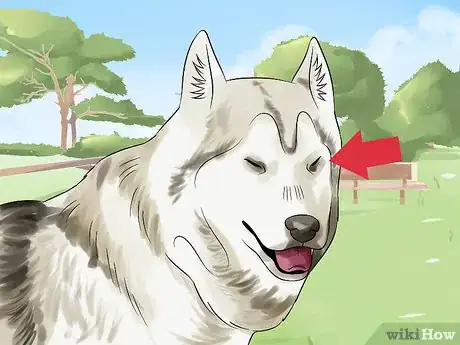
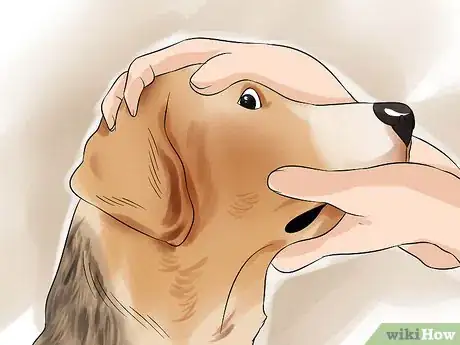
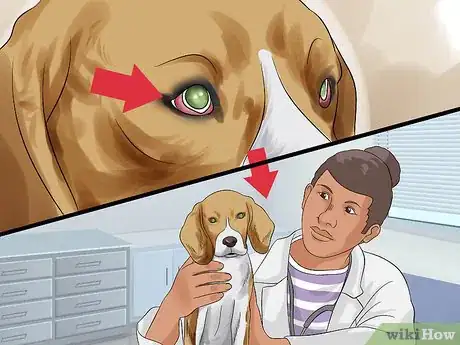
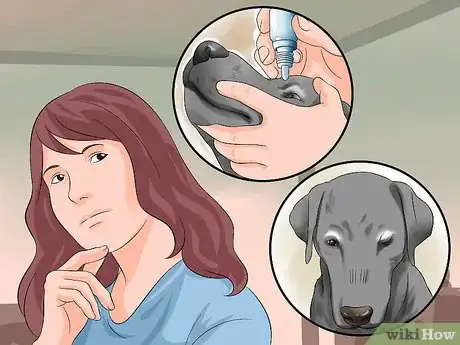

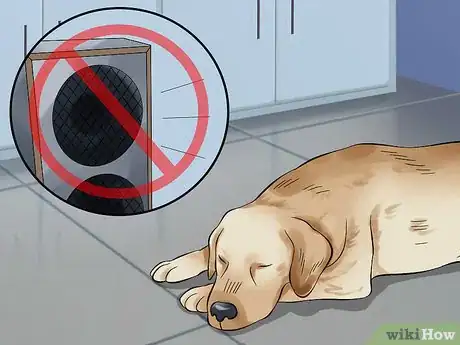
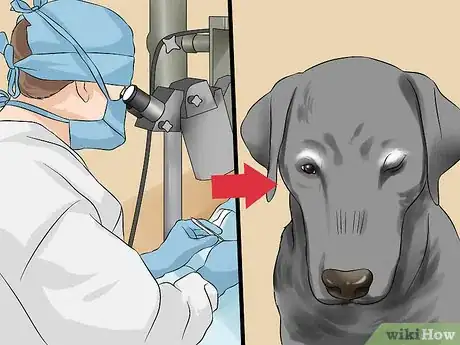

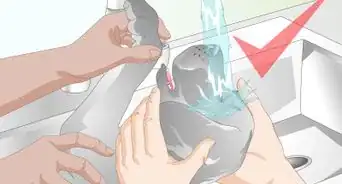

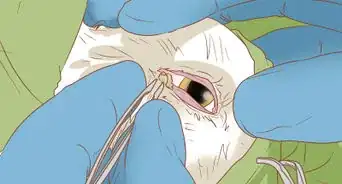
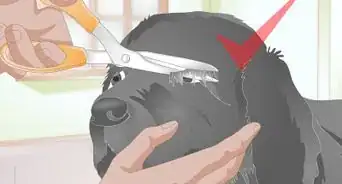
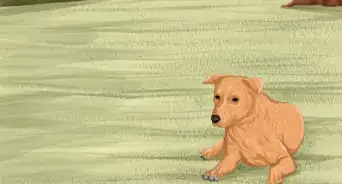
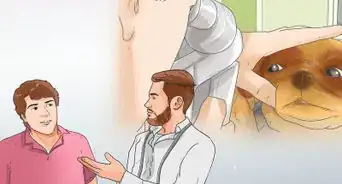
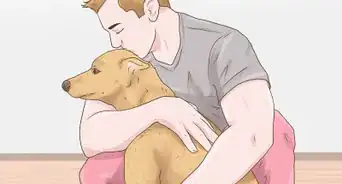

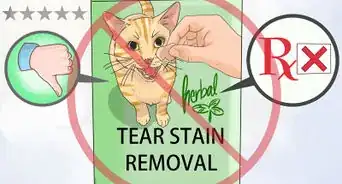
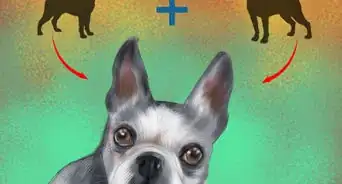
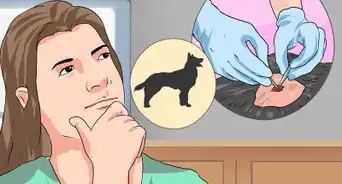
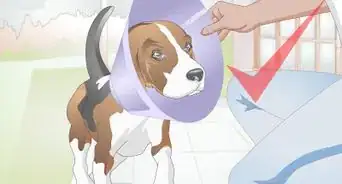







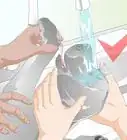
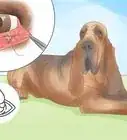

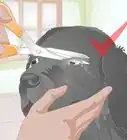



































Medical Disclaimer
The content of this article is not intended to be a substitute for professional medical advice, examination, diagnosis, or treatment. You should always contact your doctor or other qualified healthcare professional before starting, changing, or stopping any kind of health treatment.
Read More...